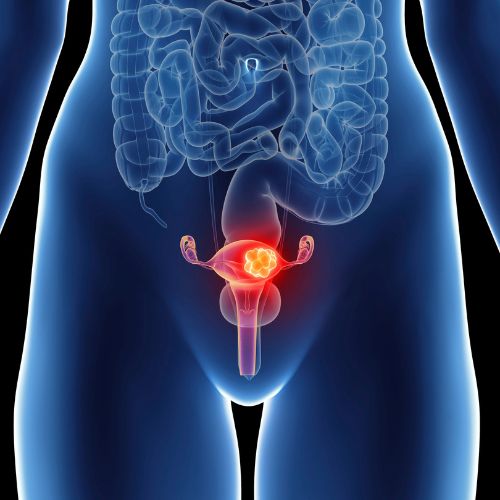Polycystic ovarian syndrome (PCOS) is a lifelong condition that presents in women of reproductive age. It can increase the risk of diabetes, cardiovascular disease, and ovarian cancer. The cause of PCOS is unknown, but many of the features are due to excess testosterone or the effect of testosterone.
- Symptoms include irregular or infrequent periods, excess hair growth on the body, hair loss on the scalp, acne, difficulty getting pregnant, insulin resistance/diabetes, and weight gain
- Diagnosis can be by presenting symptoms and signs alone, but may also include a pelvic ultrasound that may show multiple cysts on the ovaries, certain blood tests of hormones that control ovulation, and blood tests to rule out other causes of these symptoms.
- Treatment involves addressing the most bothersome symptoms, as well as treating the associated metabolic disorders. This may include birth control pills or other hormonal treatment to regulate periods, certain medications to block excess testosterone, medications to treat insulin resistance and diabetes, and weight loss.

